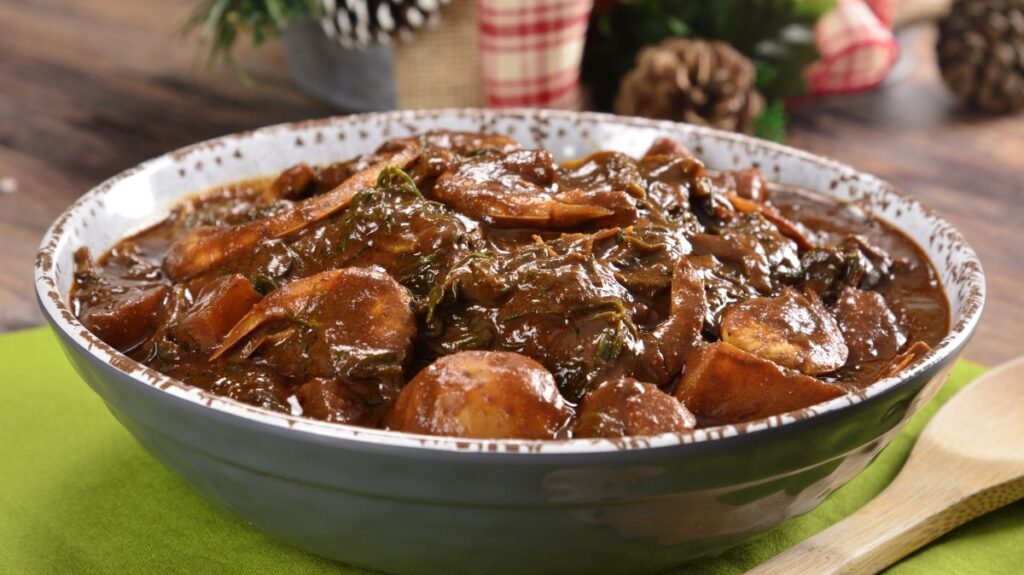Romeritos are among Mexicans’ favorite dishes for Christmas and New Year’s dinner. Besides being easy to prepare, they have many health benefits.
What are romeritos, and how should they be cooked?
In addition to being nutritious, romeritos are a sustainable and organic plant. Although many people confuse them with weeds, they are actually algae. When cooked in a stew, they have a unique flavor.
Romeritos are sold in San Andrés Mixquic; San Nicolás Tetelco and San Juan Ixtayopan, in the municipality of Tláhuac; and San Gregorio Atlapulco, in Xochimilco, all in Mexico City. The dish is well-known throughout the country, but its consumption is more common in central Mexico.
There are no historical references as to how this stew came to be. What is known about romeritos is that the dish comes from the rural world, where farmers harvest these algae and prepare traditional food with them.
“The family buys around four kilos of romeritos,” said Esperanza Jiménez Loyo, a housewife. “They have to be cleaned, since it is important to remove the stems. Otherwise, romeritos will sour, and cooks would not use them, since their flavor would be different. They have to be well rinsed to remove all the dirt before bringing them to a boil. Meanwhile, you have to boil potatoes and nopales prickly pear leaves, while getting a saucepan with mole [a chocolate and peanut sauce] ready to mix with all the cooked and chopped ingredients. You should use dried shrimps, just a few, because they will only give the dish flavor.
Romeritos are healthy
Romeritos are rich in fatty acids, Omega-3, and Omega-5. They also have folic acid, calcium, fiber, vitamins A and C, and chlorophyll, which delays cell oxidation. So, they help fight wrinkles and skin blemishes, control diabetes, and prevent cardiovascular diseases.
Because they are high in vitamin C, romeritos protect against oxidative stress, which releases harmful substances caused by anxiety. The Spanish Heart Foundation recognizes vitamin C as the best antioxidant. So, Mexicans have a very complete, healthy, and affordable food within reach.
They improve digestion and produce a satiety effect. A high fiber source, romeritos absorb water and accelerate the passage of food in the digestive tract, regulating intestinal movement.
“Their flavor is unique, and they are a rich and nutritious option if someone in the family does not want to eat meat,” said Jiménez Loyo. “Usually, we prepare a large saucepan, and it generally does not last beyond the next day; our family likes them a lot.”

In old times, December 24 was a day of vigil, so families had their Christmas dinner on the 25th. Romeritos were known then as “revoltijo,” since they involve a combination of Mexican and European ingredients, including potatoes, prickly pears, nuts, mole, and romeritos. This stew is a hundred percent Mexican!
(Translated and edited by Gabriela Olmos. Edited by Melanie Slone.)
The post Romeritos, a Healthy Christmas Stew appeared first on Zenger News.
